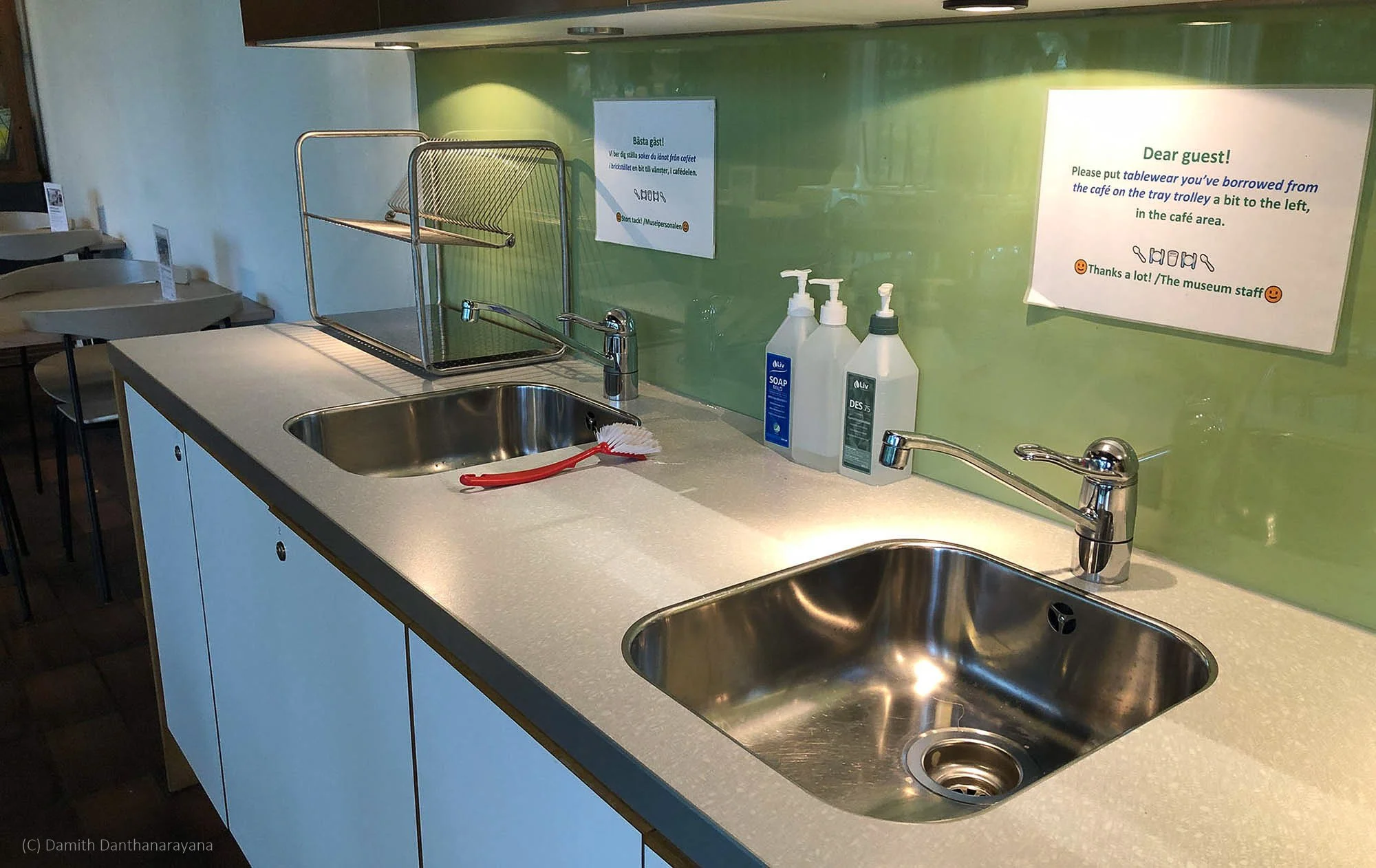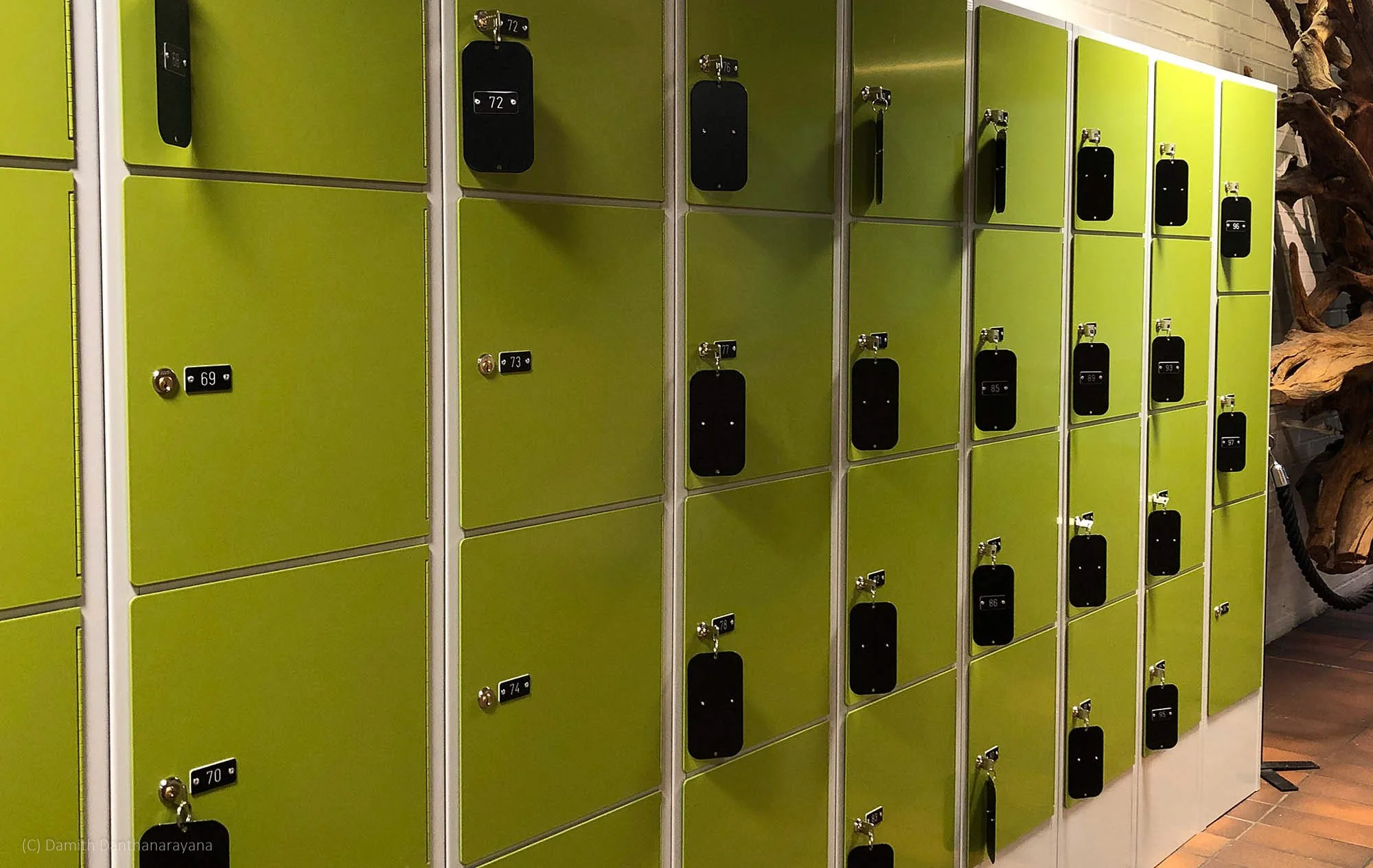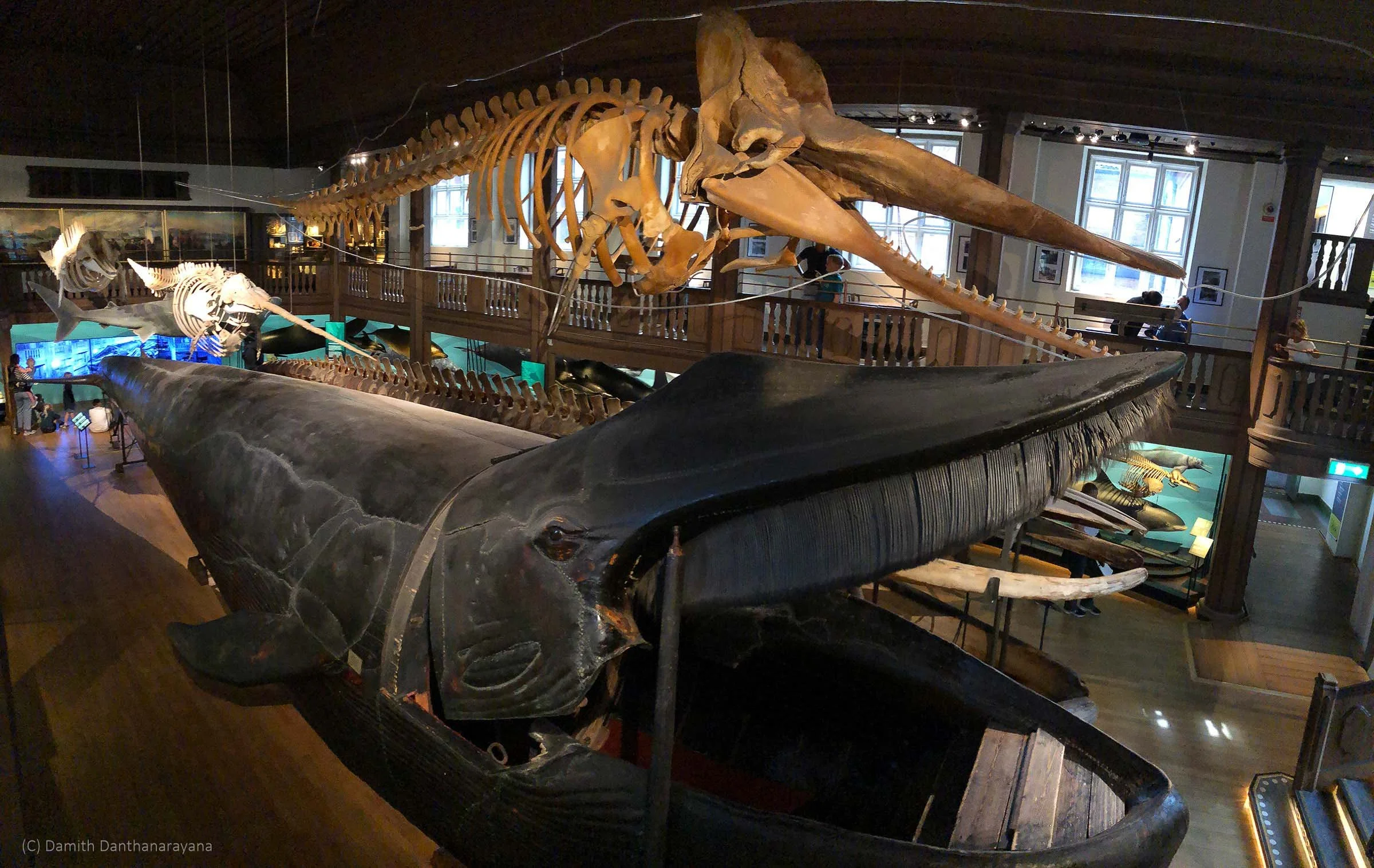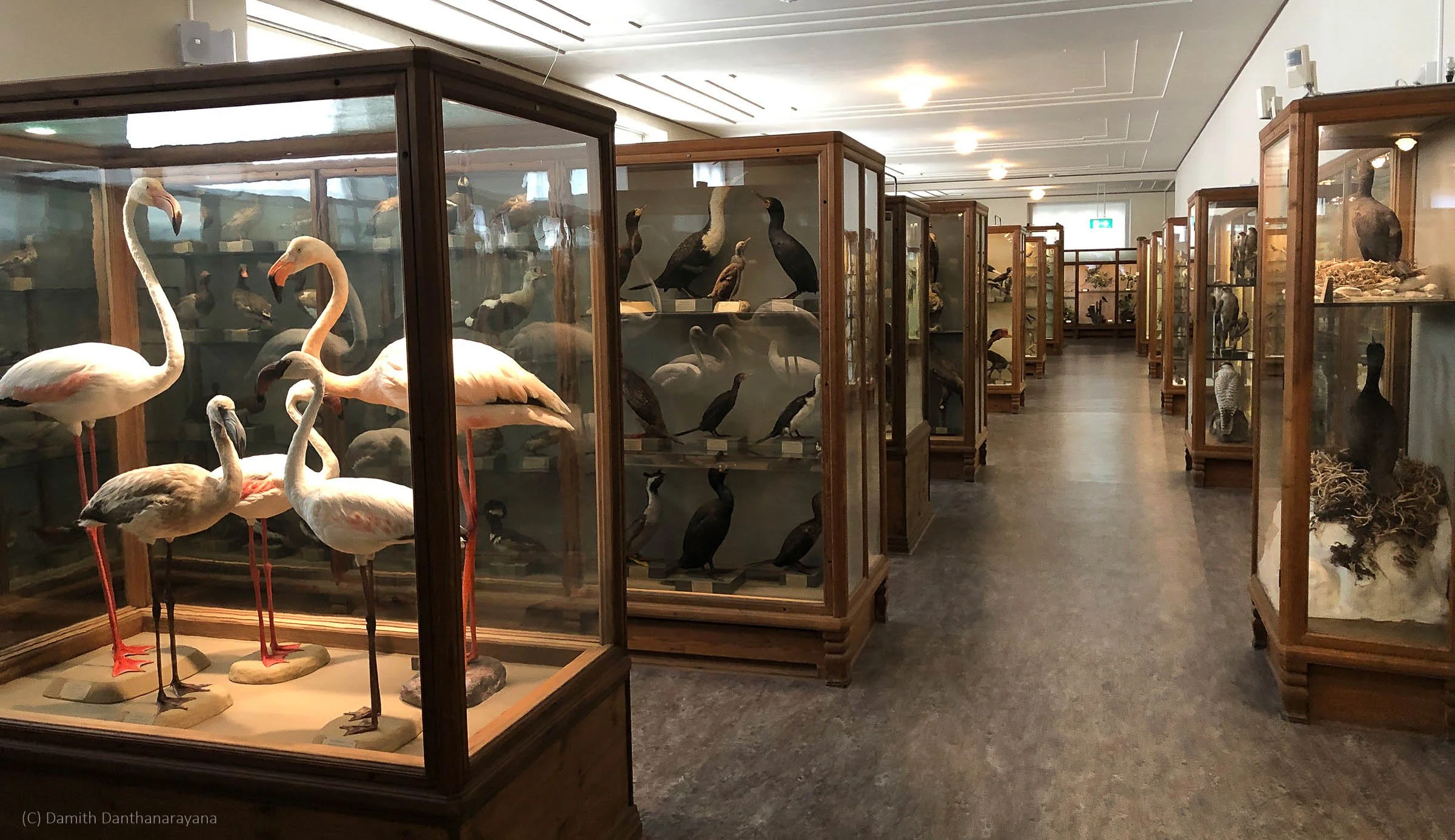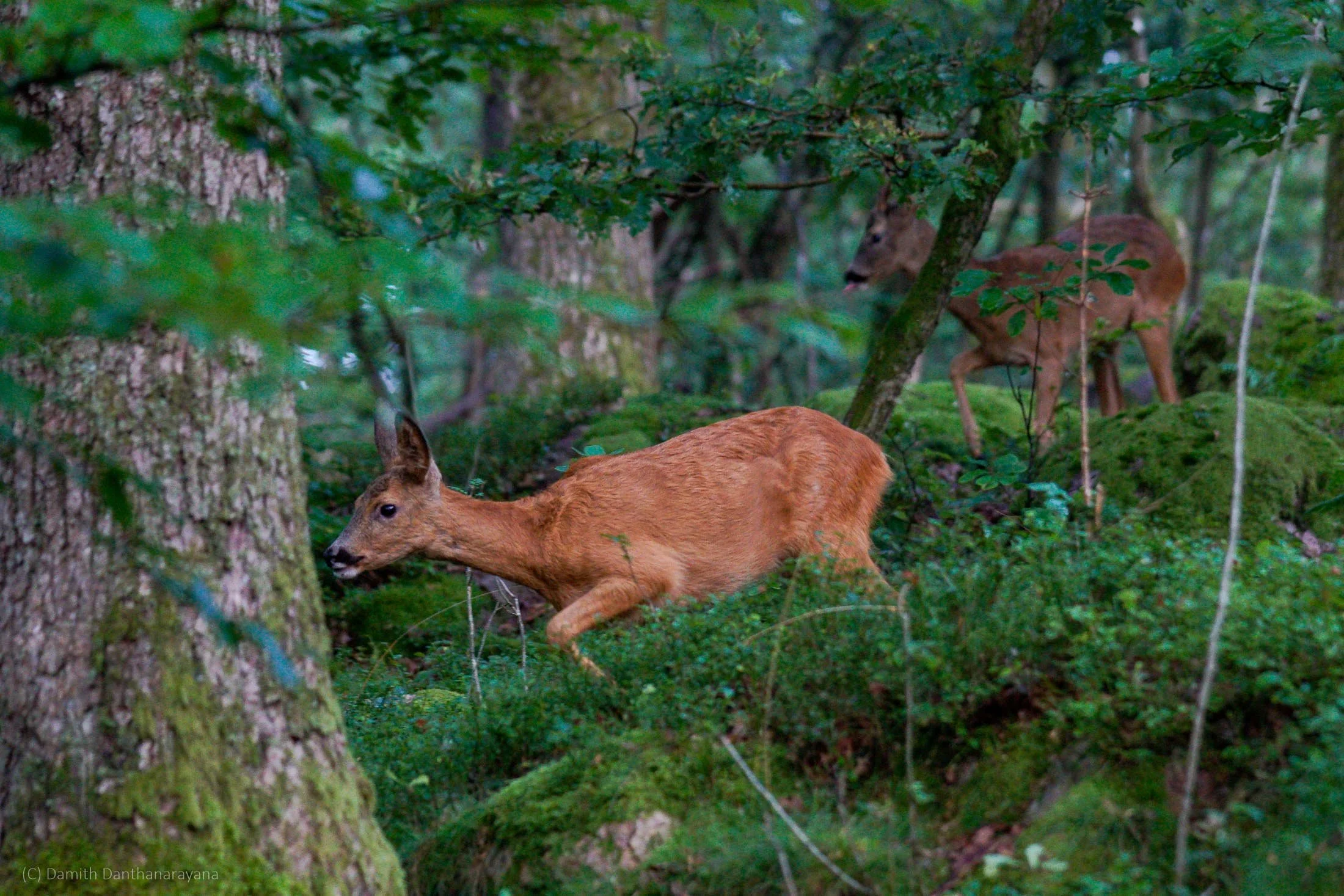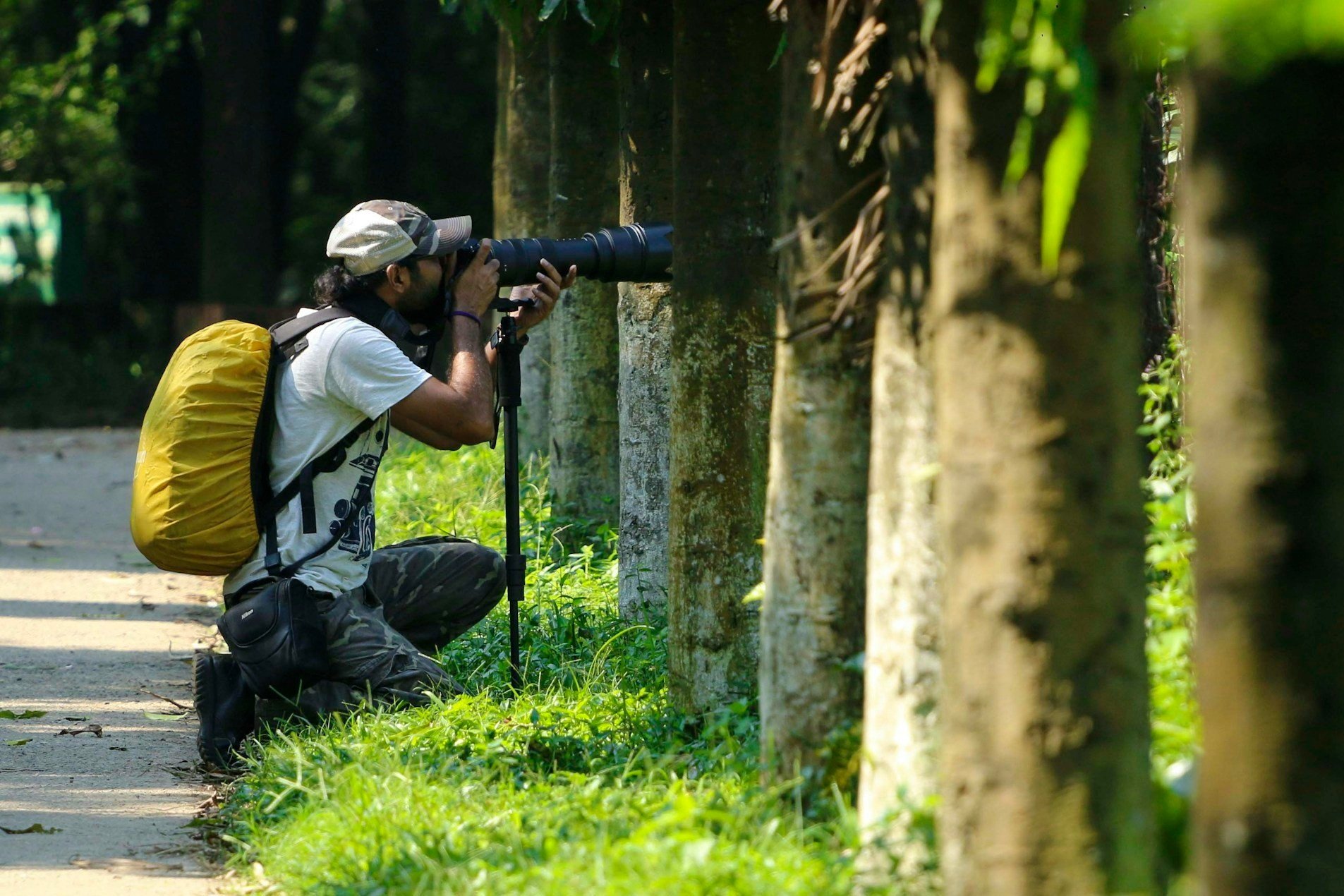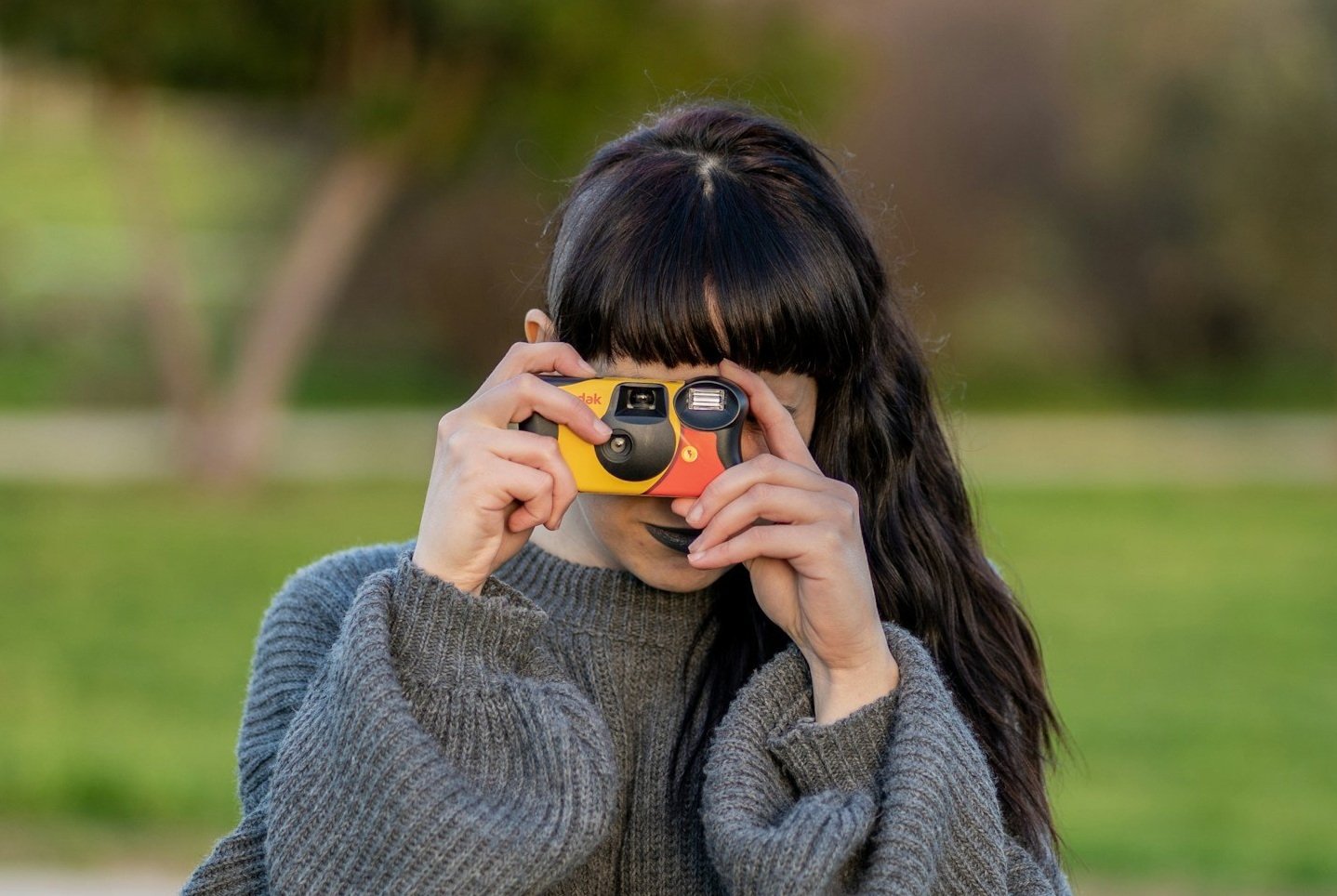My Visit to the Gothenburg Museum of Natural History: A Journey Through Time and Nature
After moving to Sweden, I made it a goal to explore as many places as possible and Swedish museums quickly became one of my favorite destinations. Among them, national history museums like the Swedish Museum of Natural History in Stockholm and the Gothenburg Museum of Natural History stand out. These institutions do more than showcase artifacts; they preserve and share Sweden’s cultural and scientific heritage in ways that are immersive, inclusive, and deeply educational.
Explore Gothenburg’s Natural History Museum: A Swedish Gem of Science and Wonder (C) Damith Danthanarayana
For immigrants like me, museums offer a bridge into Swedish society. They provide context about the land, its people, and its evolution both natural and cultural. Exhibits are often multilingual and designed to be accessible, making them welcoming spaces for everyone. Museums also reflect Sweden’s commitment to education, sustainability, and inclusivity—values that are central to the country’s identity.
Getting There & Practical Info:
Two days ago, I visited the Gothenburg Museum of Natural History, and I’m excited to share my experience. The museum is located at Museivägen 10, Slottsskogen Östra, 413 11 Göteborg, right on the edge of the beautiful Slottsskogen park. The nearest public transport stop is Linnéplatsen, served by multiple bus and tram lines. You can actually see the museum building from the stop, super convenient!
Entrance Fees:
The entrance fee is very affordable, and in many cases, completely free. I got in for free with my Mecenat student card. Here’s a quick breakdown.
Day Ticket: 70 SEK
Annual Pass: 140 SEK
Annual Pass (Pensioner): 120 SEK
Students & Youth under 20: Free
Teachers with classes, SFI, ICOM members: Free
Food & Facilities:
The museum has a picnic room on the ground floor where you can eat your own food. We brought packed meals and used the microwave and sinks provided. There’s also a café offering hot and cold drinks, pastries, and sandwiches. Don’t forget to sort your waste bins are clearly labeled for food, plastic, glass, metal, and more.
The museum has a picnic room on the ground floor where you can eat your own food. (C) Damith Danthanarayana
The museum has a picnic room on the ground floor where you can eat your own food. (C) Damith Danthanarayana
Bags & Strollers:
Large bags and strollers aren’t allowed inside the exhibitions. However, lockers are available for smaller bags (W: 33 cm, H: 50 cm, D: 48 cm), and strollers can be parked in the lobby.
Lockers are available for smaller bags. (C) Damith Danthanarayana
Stroller parking zone in the Gothenburg’s Natural History Museum (at the entrance door). (C) Damith Danthanarayana
The Whale Hall: My Favorite Spot:
The Whale Hall was the highlight of my visit. It features a 16-meter-long blue whale calf that beached in Askim Bay over 150 years ago. On special days like Election Day or Walpurgis Night, the whale’s jaw opens so visitors can walk inside its belly. Nearby, you’ll find the skeleton of a sperm whale, a life-size model, and the cranium of a 23-meter-long fin whale the largest animal ever found in Sweden.
It’s mind-blowing to stand next to these giants and realize how massive adult blue whales really are. The lower jaw of an adult blue whale is displayed on the floor, offering a striking comparison to the calf.
Inside the Whale Hall: Gothenburg’s Iconic Blue Whale Exhibit. (C) Damith Danthanarayana
Inside the Whale Hall: Gothenburg’s Iconic Blue Whale Exhibit (C) Damith Danthanarayana
The Mammals Gallery: From Elephants to Shrews:
The Mammals Gallery showcases land mammals from around the world. Animals are grouped by type: apes, predators, and hoofed animals, so you’ll find a reindeer from Svalbard next to a Chinese water deer. The centerpiece is a towering African elephant, which you can stand beside to appreciate its size. Nearby, you’ll find Sweden’s largest animal the moose, and if you look closely, the tiny pygmy shrew, which weighs less than a coin!
African elephant in the Gothenburg Museum (C) Damith Danthanarayana
One unique exhibit is Simba, a lion once raised in Sweden by Sigvard Berggren, founder of Borås Zoo. After Simba’s death, he was donated to the museum and now stands proudly above the second-floor steps.
Simba a genuine film star lion in the Gothenburg’s Natural History Museum (C) Damith Danthanarayana
The Birds Galleries: A Paradise for Bird Lovers:
As a bird enthusiast, I was thrilled to explore the museum’s Bird Galleries, which feature specimens from all over the world. From the towering ostrich, the world’s largest bird, to the delicate hummingbird, the smallest, the diversity is stunning. I could easily spend days here reading every name tag and learning about each species. It was a deeply enriching experience that expanded my knowledge and appreciation for avian life.
Discover the Birds Galleries in the Gothenburg Museum of Natural History. (C) Damith Danthanarayana
Discover the Birds Galleries in the Gothenburg Museum of Natural History. (C) Damith Danthanarayana
Discover the Birds Galleries in the Gothenburg Museum of Natural History. (C) Damith Danthanarayana
History of Life on Earth & Amazing Diversity:
This section offers a sweeping journey through 3.8 billion years of Earth’s history. It begins with the earliest life forms and moves through the Devonian Period (the Age of Fish), the rise and fall of dinosaurs, and the emergence of mammals and humans.
Highlights include:
Fossils, cephalopods, and dinosaur skeletons
Insights into mass extinctions and climate shifts
Evolutionary adaptations that led to the rise of Homo sapiens
The second part of the exhibit dives into invertebrate life, showcasing:
Microscopic malaria organisms (the deadliest animal on Earth)
Regenerative sponges, flying octopuses, and ancient shell currencies
Arthropods like spiders, crabs, and butterflies with mesmerizing wing patterns
You can even peer through microscopes to observe tiny pantry pests and marvel at the intricate beauty of butterfly wings.
The Arctic and Antarctica: A Dual Expedition:
This new exhibition lets you explore both poles simultaneously. I was captivated by the rare and resilient animals featured here:
Walrus: One of the largest seal species, capable of diving over 500 meters
Polar Bear: The largest land predator, weighing up to 700 kg
Emperor Penguin: The ultimate father figure, enduring -40°C winds while incubating eggs for two months
This section was a powerful reminder of nature’s extremes and the incredible adaptations that allow life to thrive even in the harshest conditions.
Explore the frozen worlds of the Arctic and Antarctica, featuring polar bears, penguins, and icy dioramas in the Gothenburg Museum of Natural History. (C) Damith Danthanarayana
Explore the frozen worlds of the Arctic and Antarctica, featuring polar bears, penguins, and icy dioramas in the Gothenburg Museum of Natural History. (C) Damith Danthanarayana
Dioramas: A Glimpse into Sweden’s Past Landscapes:
The museum’s dioramas are miniature masterpieces that recreate historic Swedish landscapes teeming with wildlife. Built during WWI by conservator Olof Gylling, these peep-show style exhibits took a decade to complete. Looking through each peephole felt like stepping back in time to witness nature as it once was.
Dioramas in the Gothenburg Museum of Natural History.: Experience Sweden’s natural past through beautifully crafted dioramas that recreate landscapes and wildlife. (C) Damith Danthanarayana
Fish, Amphibians & Reptiles: Evolution in Motion:
This section showcases aquatic and semi-aquatic life from Sweden and beyond. You’ll find:
Sharks, rays, and starfish
The famous alligator Smilet
Giant tortoises and amphibians tracing the journey from sea to land
The exhibit also explores the history of evolutionary research, from Linnaeus and Darwin to modern genetic pioneers like Kerstin Johannesson and Svante Pääbo.
Fish, Amphibians & Reptiles in the Gothenburg Museum of Natural History. (C) Damith Danthanarayana
Fish, Amphibians & Reptiles in the Gothenburg Museum of Natural History. (C) Damith Danthanarayana
Human Evolution: Tracing Our Roots:
Here, you’ll journey through the human family tree from Sahelanthropus tchadensis to Homo sapiens. Cutting edge research allows scientists to analyze ancient DNA and reframe theories about tool use and intelligence. It’s fascinating to learn that many animals also use tools, challenging long-held assumptions about what makes us human.
A scale copy of Lucy in the Gothenburg’s Natural History Museum. (C) Damith Danthanarayana
Final Thoughts:
Visiting the Gothenburg Museum of Natural History was more than just a sightseeing trip. It was a deeply personal and educational experience. As an immigrant in Sweden, I found this museum to be a welcoming space that connects people to the country’s natural and cultural story. It’s a place of learning, inclusion, and wonder.
I’m already planning to return, especially to spend more time in the Bird Galleries. If you ever find yourself in Gothenburg, don’t miss this incredible museum. Whether you’re a student, a nature lover, or simply curious, the Gothenburg Museum of Natural History offers something unforgettable.
For more blog articles related to wildlife, nature, photography, and traveling, you can visit my blog: Damith Danthanarayana's Blog.
Search the blog:



